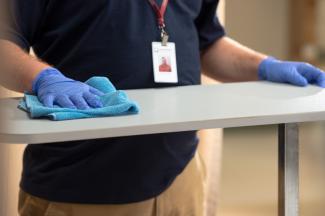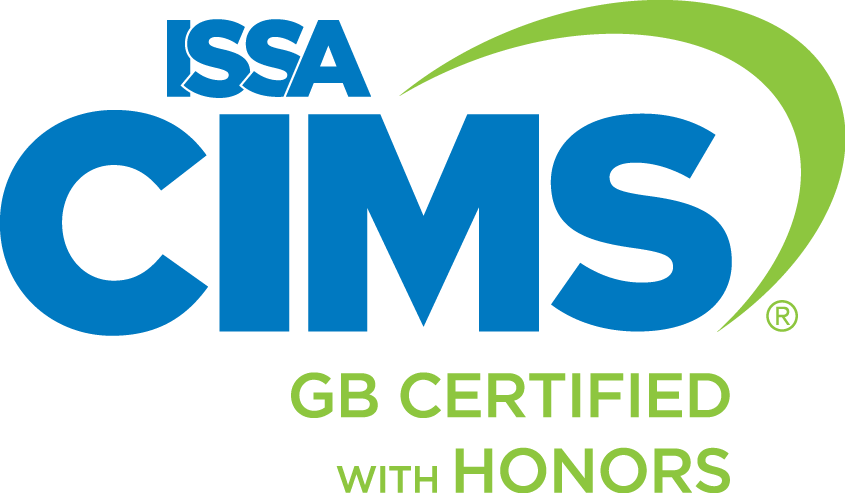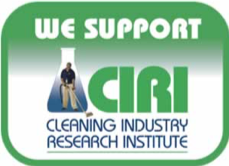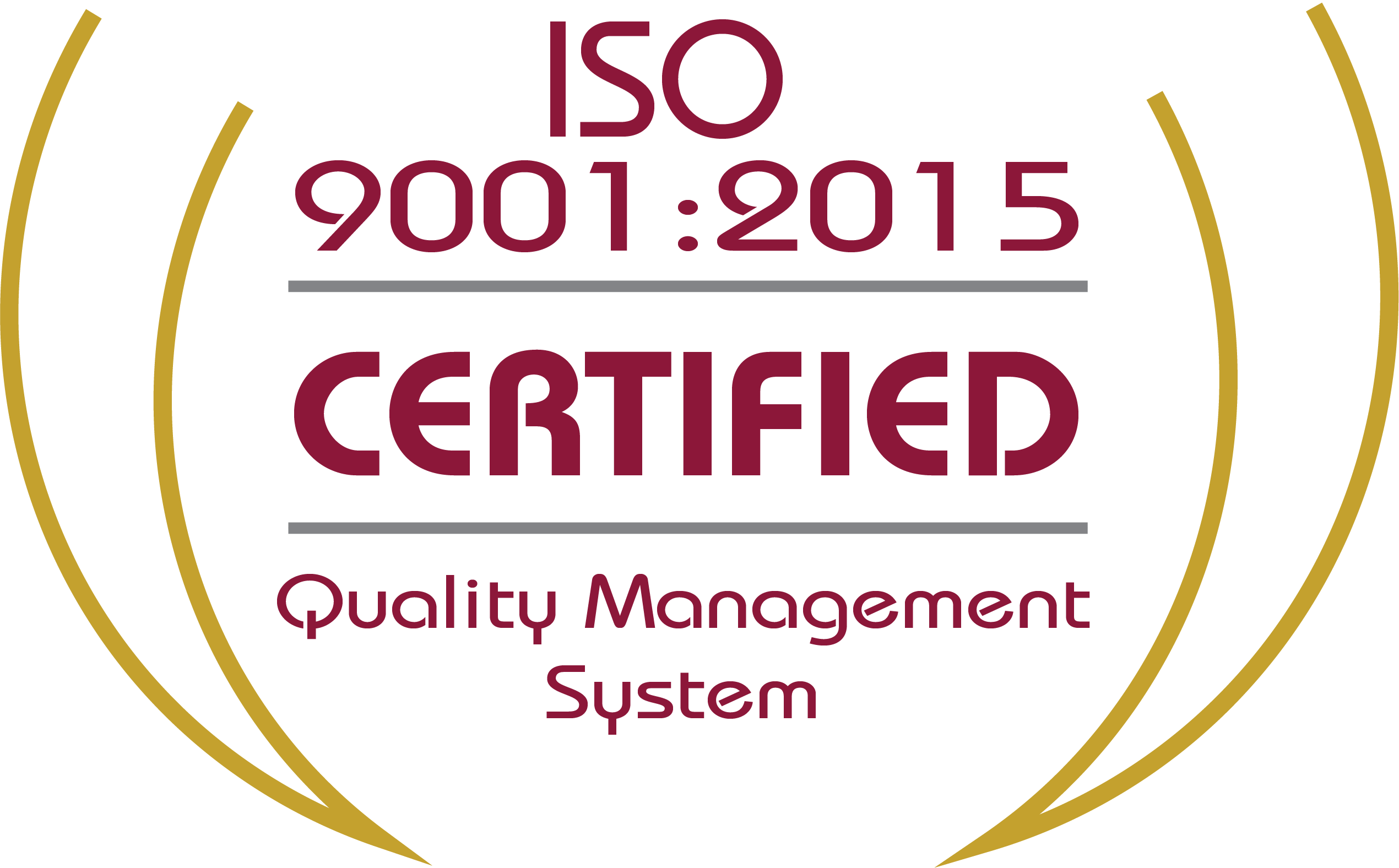The Cost of Absenteeism and Presenteeism

At Janitronics, we have embraced the philosophy of cleaning for health. For over fifty years, we’ve brought that standard to our clients with stellar results.
So what exactly does cleaning for health do for your workplace?
Two of the biggest effects of health in the workplace are absenteeism and presenteeism. We’ll discuss the issues and look at the impact they have on the workplace as a whole.
(Please keep in mind that much of the statistical data is from pre-pandemic. With the COVID-19 pandemic, many places underwent a variety of changes. The impact is still being understood, so very few studies have been published at the time of writing (January 2023).)
Absenteeism
“Absenteeism,” as the word suggests, is when an employee has to miss work. Sometimes it is scheduled ahead of time, like a vacation or a routine medical appointment. Other times, there are unscheduled absences; this includes sick days and time lost to accidents.
When an employee falls unexpectedly ill, there are many decisions that you need to make. What happens to that person’s workload?
- You can wait for the person to get better. This will delay the work’s completion. It may also delay other people’s work if they rely on something from the absent employee.
- You can redistribute the workload to other employees, which in turn will delay their own work. And, if they are unfamiliar with the redistributed work, they are more prone to making mistakes.
- You can pay overtime either to the employee when they recover, or to the employees who received the redistributed work. While this reduces delays, it can cost more.
- In some cases that involve prolonged illness, you may need to hire a temporary employee. Other worst case scenarios may have you hiring a new employee altogether. There is a lot of time and money involved with these options: the hiring process and training period are often the biggest costs involved.
In 2005, the business Circadian published the white paper “ABSENTEEISM: The Bottom-Line Killer.” (You can check out the second edition of this white paper, published in 2016, here. ) Based on their research, US employers lose $3,600 per hourly employee and $2,650 per salaried employee, per year in unscheduled absences. That cost includes delays, lost business, and other associated costs.
Absenteeism also usually lowers morale amongst employees. This has a ripple effect across many components of the business, including increased stress and decreased productivity.
Circadian provides an in-depth breakdown of the effects that absenteeism has on a business. While it was published pre-pandemic, much of the information remains applicable today.
Presenteeism
“Presenteeism” is when an employee continues to go into work while they are ill or recovering from an injury. While it may seem the opposite of absenteeism at first glance, the two are actually very closely related.
The causes of presenteeism are as varied as the many minor illnesses and health conditions as one can get. They can be categorized into a few groups:
- The illness is only a “minor inconvenience.”
- Sick days should only be used for “major” illnesses or emergencies.
- Employees fear the consequences of missing work due to illness. This includes loss of pay, delays on projects, or overburdening others with their workload.
The problems that presenteeism create far outweigh the benefits. To start, a sick employee will be much less productive than a healthy employee. Sick employees work slower and are more likely to make mistakes. When one accounts for the time and costs needed to complete everything and correct mistakes, it often will cost more than unexpected absenteeism.
Presenteeism also interferes with the amount of time an employee needs to recover. Stress, anxiety, and the amount of sleep are only some of the factors that affect recovery time. Doing work can elevate stress and anxiety while limiting how much sleep a sick employee is getting. These factors will ultimately prolong the employee’s illness and recovery time.
If the employee interacts with others, they risk infecting other people. If they infect another employee, then the business faces the consequences of absenteeism or presenteeism for yet another person. If a client interacts with a sick employee, it can leave a bad impression of the business even if the client doesn’t fall ill.
The data for presenteeism is harder to qualify; most studies on the topic rely on survey data, and not everyone will admit that they went to work while sick. Nevertheless, in 2004 Harvard Business Review published the article “Presenteeism: At Work – But Out of It.” In it, they show that Bank One estimates they lost $311.8M to presenteeism in 2000 alone. (Compare that to the $27M they spent due to absenteeism.) A study published in the Journal of the American Medical Association in 2003 estimates that in 2002, the US economy lost $46.9B to work impaired by pain, versus $14.4B due to absenteeism.
Preventing Illness
Just as there are many factors that play into absenteeism and presenteeism, there are many factors that play into someone getting sick. Employers cannot prevent every case; people can catch illnesses from family members or while grocery shopping.
What employers can do is control the work environment. This includes:
- Making sure touchpoints are cleaned often; we’ve discussed what high touchpoints are in a previous blog. The Healthy Workplace Project, cited by the ISSA paper “The Value of Cleaning,” shows that high levels of contamination are from commonly-used items. Cleaning them often and thoroughly can do a lot to mitigate illness.
- Encouraging good hygiene habits. Some illnesses will have people infecting others before symptoms start showing. (COVID-19 has been the most infamous case in recent years.) Good hygiene habits help curb these potential infections. From the same ISSA paper mentioned in the previous point, they found through mathematical modeling that when 52% of office employees participated in “hygiene intervention,” infection was reduced by 80%.
- Encourage sick employees to take days off to recover. As shown earlier, absenteeism tends to be less expensive than presenteeism. Morale is also better if employees aren’t worried about catching illnesses in the office.
Cleaning for Health
Cleaning for health plays a huge role in keeping absenteeism and presenteeism in check. Having a janitorial service that knows the importance of cleaning for health and has it in their philosophy will not only keep employees healthy, but will be better for your financial health as well.
Janitronics has cleaned for health for fifty years, and we aren’t slowing down. Schedule a 15-minute executive briefing to learn the best thinking on how to reduce absenteeism.



